The JMM and the Baltimore Book Festival
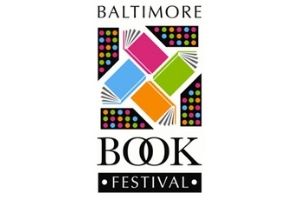
 A blog post by Historian Deb Weiner.
A blog post by Historian Deb Weiner.
Last week when I opened the Friday “Live” section of the Baltimore Sun, I was happy to see that the double-page spread about the Baltimore Book Festival featured three books that had connections to the museum, under the zippy headline, “Tales of Mobtown boom, bust and bigotry energize fest.”
First there was Gil Sandler’s familiar face (and ever-present rumpled hat), with a blurb about his new book “Homefront Baltimore,” about Baltimore during World War II. While the museum did not have anything to do with this particular book, Gil has been a contributor to our publications for years, and we are currently working with him on his next book, a collection of his columns that appeared in the Jewish Times. It was good to see Gil get recognition for his storytelling. The reporter hit the nail on the head when he observed that Gil “embodies his city’s quirky vitality and unpredictable humor.”
Second was Antero Pietila’s book “Not in My Neighborhood: How Bigotry Shaped a Great American City.” The book is a hard-hitting exposé of how deeply housing discrimination against blacks and Jews is embedded in our city’s history and culture, going back to the early 20th century. Antero spent many hours here at the museum researching our Baltimore Jewish Council collection when gathering material for this book. He has noted that this rich collection was one of his most valuable sources, as it contains a wealth of material about ethnic relations and politics in Baltimore during the mid century years.
The third featured book, “Baltimore ’68: Riots and Rebirth in an American City,” contains an essay I co-wrote with Betsy Nix, on the impact of the 1968 riots on three business districts: East Lombard Street, Pennsylvania Avenue, and West North Avenue. All three districts had many Jewish store owners, and our essay explores how perceptions and reality sometimes collide when considering this troubled period in Baltimore’s history. If you want to know more, buy the book (available at www.amazon.com and elsewhere). It also contains a bunch of other essays on various aspects of Baltimore 1968.
Fortunately the weather miraculously cleared on Saturday, so I went down to the Book Festival to browse around and to attend a panel that featured both “Not in My Neighborhood” and “Baltimore ’68.” A large crowd of people had gathered to hear Antero and Betsy (a co-editor as well as one of the authors) talk about the two books, along with Rhonda Williams, whose book “The Politics of Inequality” explores the activism of women who live in Baltimore public housing. It’s quite possible that many people in the crowd were simply claiming seats for the next event on the schedule, a talk by actor and hip hop artist Common, but I’d like to think that even if they came for something else, they became intrigued by these stories that, as the Sun reporter wrote, “chronicle mythic pockets or nearly forgotten areas of Baltimore’s past,” revealing “how it became the city we know today.”


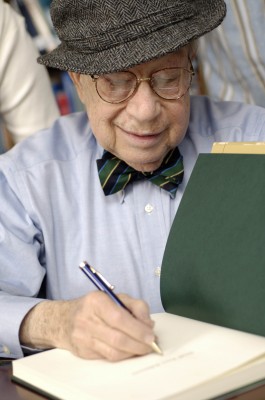

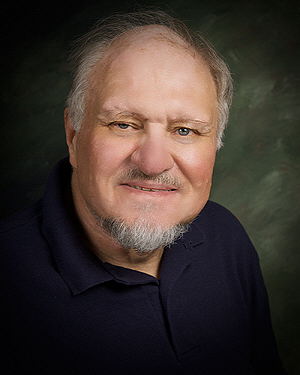
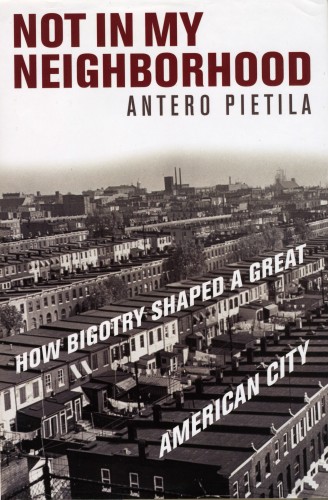
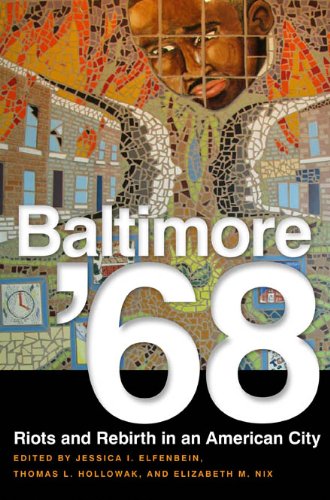
1 reply on “The JMM and the Baltimore Book Festival”
Former JMM Program & Education coordinator Lauren Silberman was also at the book festival on Saturday, signing her new book “Wicked Baltimore.” Wicked Baltimore (The History Press, 2011) shares the more salacious and risque history of Baltimore from its creation in 1729 and up through the mid-20th century.
Website http://www.lsilberman.com